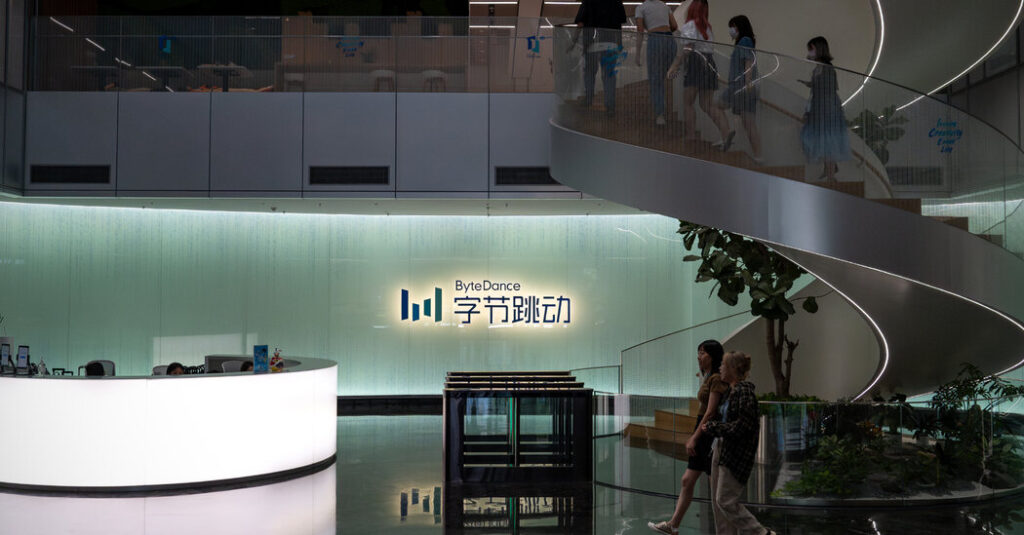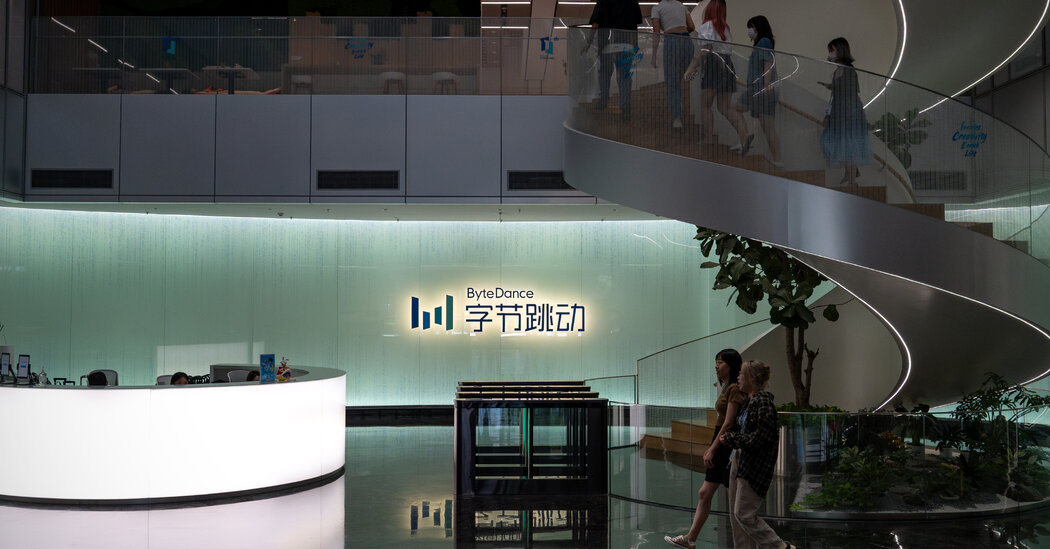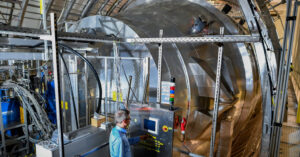How TikTok’s Parent, ByteDance, Became an A.I. Powerhouse
A set of popular apps helped China’s ByteDance develop a key component of advanced artificial intelligence: information on how a billion people use the internet.


A set of popular apps helped China’s ByteDance develop a key component of advanced artificial intelligence: information on how a billion people use the internet.
The Chinese internet giant ByteDance has made some of the world’s most popular apps: TikTok and, in China, Douyin and Toutiao.
In the United States, TikTok claims 170 million users. But in China, about 700 million use the domestic version, Douyin, and 300 million scroll the headlines on Toutiao, a news app. Every video that ByteDance’s users watch or post gives the company another data point about how people use the internet. For years, ByteDance has applied that wealth of information to make its apps more appealing, improving its ability to recommend content to keep users hooked.
ByteDance is also using the data as the linchpin of a growing business in artificial intelligence. The company has invested billions of dollars in the infrastructure needed to power A.I. systems, building vast data centers in China and Southeast Asia and buying up advanced semiconductors. ByteDance is also on an A.I. hiring spree.
ByteDance is best known outside China for TikTok, an app so popular that at least 20 governments have adopted partial bans over concerns about its influence on national security and public opinion.
Concern over how ByteDance uses data has driven lawmakers in Washington to try to force a sale of TikTok’s U.S. operations. On Friday, President Trump extended a looming deadline by 75 days into mid-June.
But in China all that data has helped ByteDance expand its business far beyond social media and gain an edge in the global race to build advanced A.I. technology.






